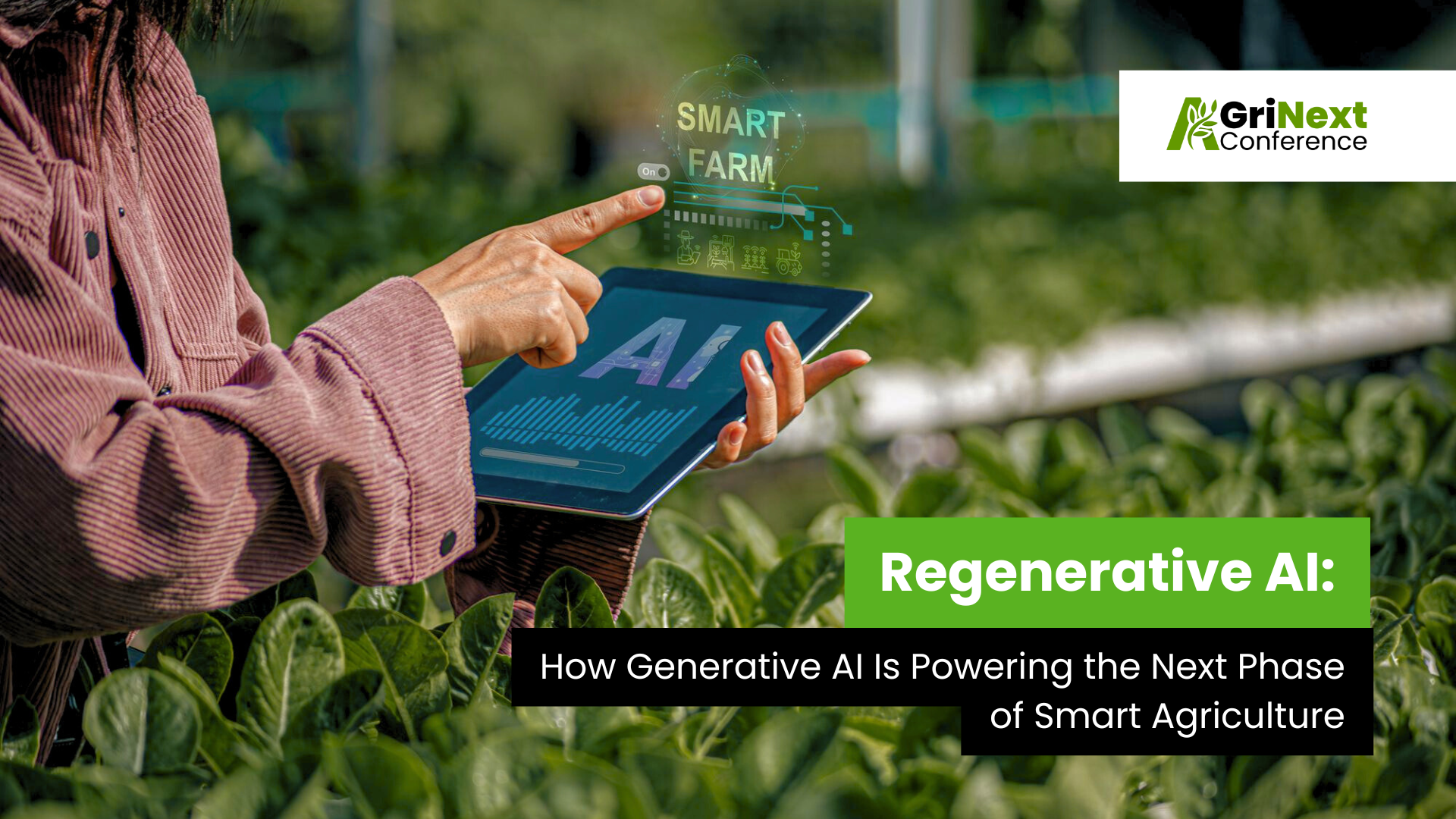
Introduction: The Rise of Regenerative AI in Farming
The agricultural sector is stepping into a new era where artificial intelligence is no longer just about data analysis — it’s about generation, prediction, and decision-making. Regenerative AI, a term coined for the use of generative models in sustainable farming, is now being adopted across the agri-tech world. Unlike traditional AI that focuses on diagnostics and historical trends, regenerative AI enables farmers to simulate future outcomes, create adaptive crop plans, and generate real-time responses to environmental changes.
Beyond Analysis: From Predictive to Generative Intelligence
Traditional agri-tech tools have long relied on predictive analytics—using historical data to forecast weather patterns, yield trends, or pest outbreaks. While useful, these models often depend on fixed inputs and past observations, limiting their ability to adapt to sudden changes or suggest creative solutions. Generative AI, on the other hand, marks a paradigm shift. Instead of just predicting outcomes, it can generate new crop strategies, simulate scenarios, and recommend precise actions tailored to local conditions. For instance, generative models can suggest optimal planting dates based on a combination of soil data, market trends, and upcoming weather — all in real time. This turns AI from a passive forecaster into an active decision-making partner. The result is a smarter, more dynamic approach to agriculture that not only anticipates problems but proposes innovative ways to solve them.
Real-World Impact: From India to the Netherlands
Generative AI is not just theoretical—it’s making a real difference on farms globally. In India, a standout innovation comes from KissanAI, which released Dhenu 1.0 in December 2023—the world’s first agriculture-specific large language model tailored for Indian farmers. It supports commonly spoken languages like English and Hindi, helping bridge literacy gaps and improve accessibility for farmers in multilingual regions of India.The model offers voice-based guidance on key decisions like seeding, irrigation, pest control, and fertilizer use. In a pilot program conducted in Khutbav village, farmers using KissanAI’s chatbot assistant saw up to a 40% increase in crop yield and a 50% reduction in production costs, largely due to more efficient water and pesticide management.
Another compelling Indian success story involves Cropin, which combines satellite imagery and AI-driven analysis to advise smallholders—like Lokeswara Reddy in Andhra Pradesh. Over several seasons, Reddy increased his net profit per acre from ₹5,000–10,000 to ₹20,000, thanks to improved sowing timing and resource efficiency . Across 30,000+ digital farm plots, Cropin reported a 30% average yield increase and 37% revenue growth .
Meanwhile, in the Netherlands, Source.ag
is revolutionizing greenhouse farming using generative AI. The platform integrates live data from sensors, climate control systems, and crop growth metrics to simulate optimal cultivation strategies. One bell pepper nursery reported a 10% increase in fruit weight after adopting these AI-driven adjustments. More broadly, Source.ag has grown its user base tenfold over the past year and secured €23 million in Series A funding to scale its AI-powered greenhouse solutions across Europe.
These examples show how generative AI can drive tangible gains—from building local-language conversational agents in India to delivering precision-optimized greenhouse operations in Europe.
Ethical Frontiers: Data, Ownership, and Trust
Despite these breakthroughs, ethical considerations around data privacy, model transparency, and ownership are gaining attention. Since many generative AI models are trained on vast datasets, questions arise about how agricultural data — especially from developing regions — is used. Startups are now being encouraged to adopt open-model practices, particularly when working with farmers in low-income settings.
Looking Ahead: Regenerative AI and the Future of Food
The future of farming is no longer just about automation — it’s about collaboration between humans and intelligent systems that adapt, learn, and evolve. Regenerative AI is poised to play a central role in this transformation, helping not just to grow more food, but to do so in ways that restore soil health, reduce emissions, and empower farmers. These technologies are enabling a shift from reactive to proactive agriculture, where every decision—from irrigation to harvest—is fine-tuned by AI, informed by real-time data, and aligned with sustainability goals.
Spotlight: AgriNext 2025 and the AI-Powered Farming Revolution
This transformative vision will take center stage at AgriNext 2025, scheduled for November in Dubai. As one of the most anticipated global events in agri-technology, it will spotlight pioneering work in AI-powered decision systems, generative crop intelligence, and climate-smart agriculture. The conference will feature live demonstrations, expert panels, and case studies from innovators shaping the next chapter of food and farming. As the world grapples with climate volatility and the need for sustainable food systems, regenerative AI will be a key theme — showing how the blend of technology and stewardship can bridge the gap between productivity and planetary health.
Reference
Science Direct_AI-driven predictive models for sustainability
Signup For AgriNext Conference Newsletter

